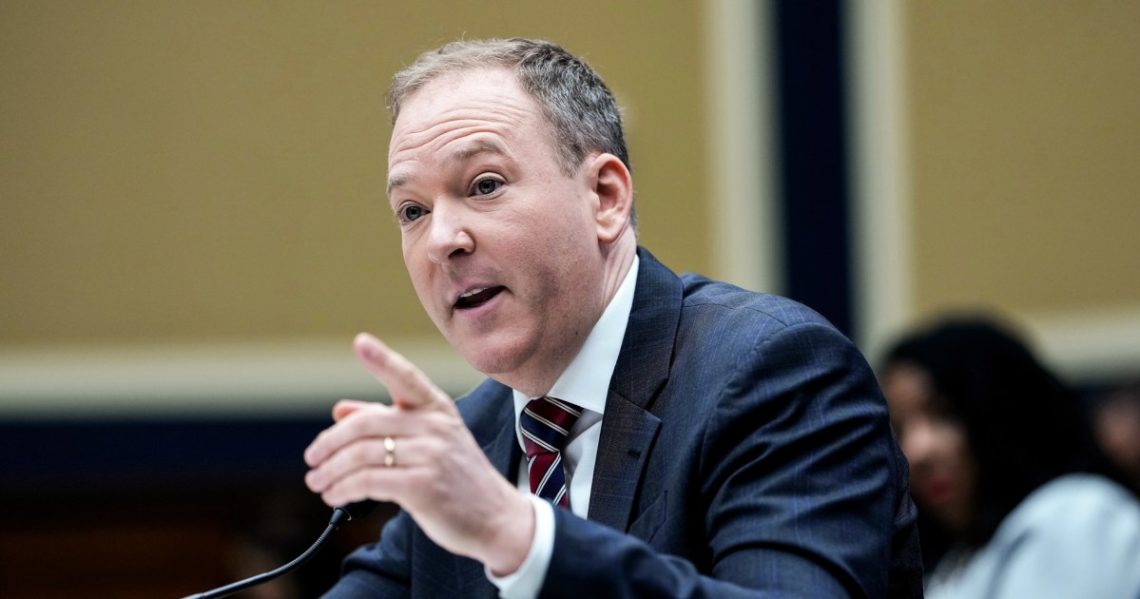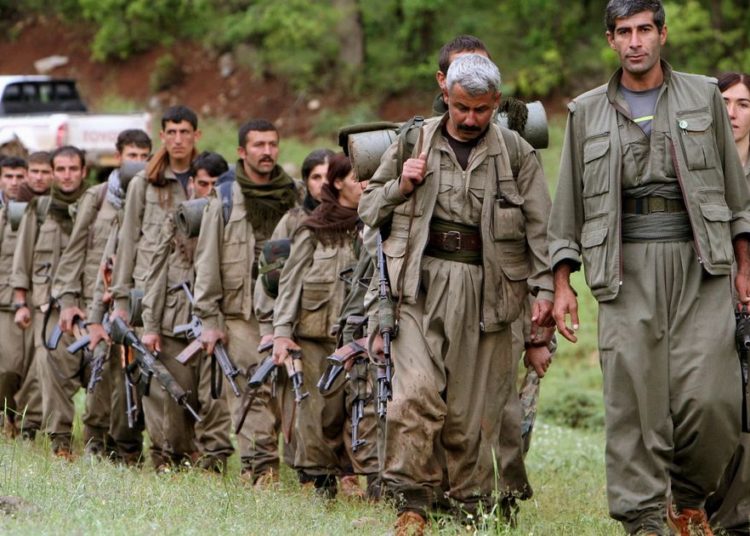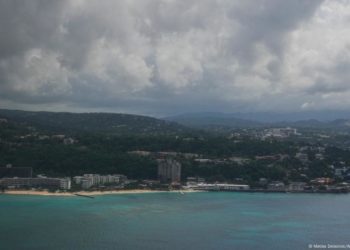Greene added that Rep. Tim Burchett, R-Tenn., is a co-sponsor. Burchett has spread similarly bizarre claims about extreme weather.
In a statement, a spokesperson for Greene said that the congresswoman “has long discussed this issue” and that the bill was not related to the Texas flooding. Burchett’s office did not immediately respond to a request for comment.
Following Milton and Helene, the NOAA released a fact sheet in October 2024 to try to debunk “weather modification claims” that swelled after those two storms decimated communities in Florida and North Carolina. In it, the agency said that it “does not fund or participate in cloud seeding or other weather modification projects.”
Zeldin’s nod toward more fringe explanations for extreme weather comes as the Trump administration has cut funding for climate change research and removed the website that hosted the government’s climate assessments. President Donald Trump has called climate change a hoax, even as scientists have increasingly found strong evidence connecting the growing severity and frequency of extreme weather to global warming.
Decades of research into weather modification has at times become fodder for conspiracy theorists.
From 1962 to 1982, NOAA was involved in a project called STORMFURY that sought to determine whether hurricane intensity could be modified. The research was unsuccessful at altering hurricane intensity and was discontinued. NOAA hasn’t attempted similar research since, according to the fact sheet.
Cloud seeding is a weather modification technology currently in use. The practice has been around since the 1950s and typically involves spraying silver iodide into clouds to draw water out of the atmosphere and produce extra snow or rain. Currently, cloud seeding programs are primarily used in Western states to boost water supplies, and companies are required to file notices before implementing them.
“Cloud seeding doesn’t make water; it helps clouds in marginal environments to release 5-15% more moisture. But in Texas, there was already 100% humidity, extreme moisture and storms. The clouds didn’t need any help,” Cappucci said.
The spread of these claims has coincided with an uptick in threats directed at meteorologists.
While geoengineering is a legitimate scientific endeavor, claims about its ability to control major weather patterns or create severe weather are not grounded in reality. Most geoengineering options are theoretical and untested. Federal researchers have taken only a few small steps toward studying their feasibility, and atmospheric scientists say there is no evidence of any large-scale programs.
Last year in Alameda, California, a small-scale testing project of a form of geoengineering called marine cloud brightening by academic scientists was shut down after community outcry, despite researchers demonstrating that the actions were harmless.
Psychotherapist Jonathan Alpert explained that conspiratorial thinking usually spikes during moments of collective fear and uncertainty, especially during weather events in which people feel powerless.
“Conspiracy theories offer an emotionally satisfying narrative: They restore a sense of control by framing events as intentional acts by powerful agents rather than random, chaotic phenomena,” Alpert told NBC. “In this sense, ‘someone is doing this to us’ feels more tolerable than ‘no one is in control.’”
However, while some view the EPA’s move as an act of transparency, others believe it’s merely the latest political maneuver to avoid critical environmental issues.
“Some people have ‘questions’ about whether birds are real — will that be your next project?” Rep. Don Beyer D-Va., said in response to Zeldin’s Thursday morning post on X teasing the EPA guidelines. “How much taxpayer money will you be spending on this?”
The post EPA head promises ‘total transparency’ on geoengineering and contrails as weather conspiracy theories swirl appeared first on NBC News.




